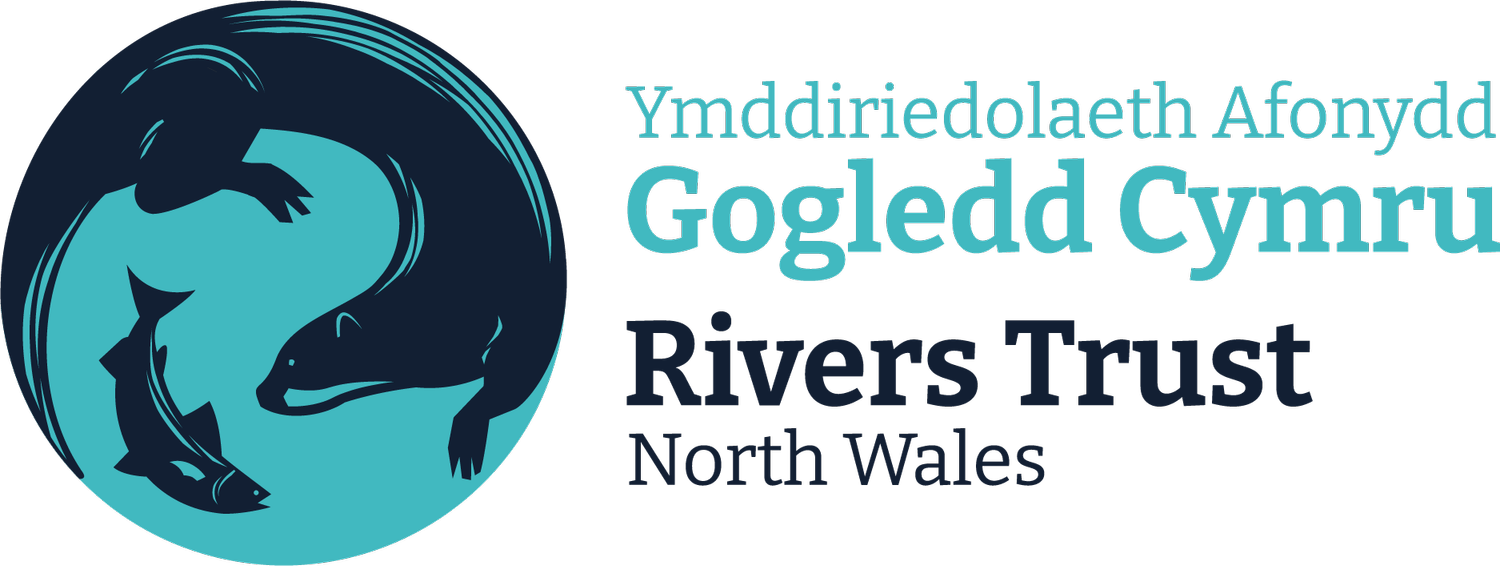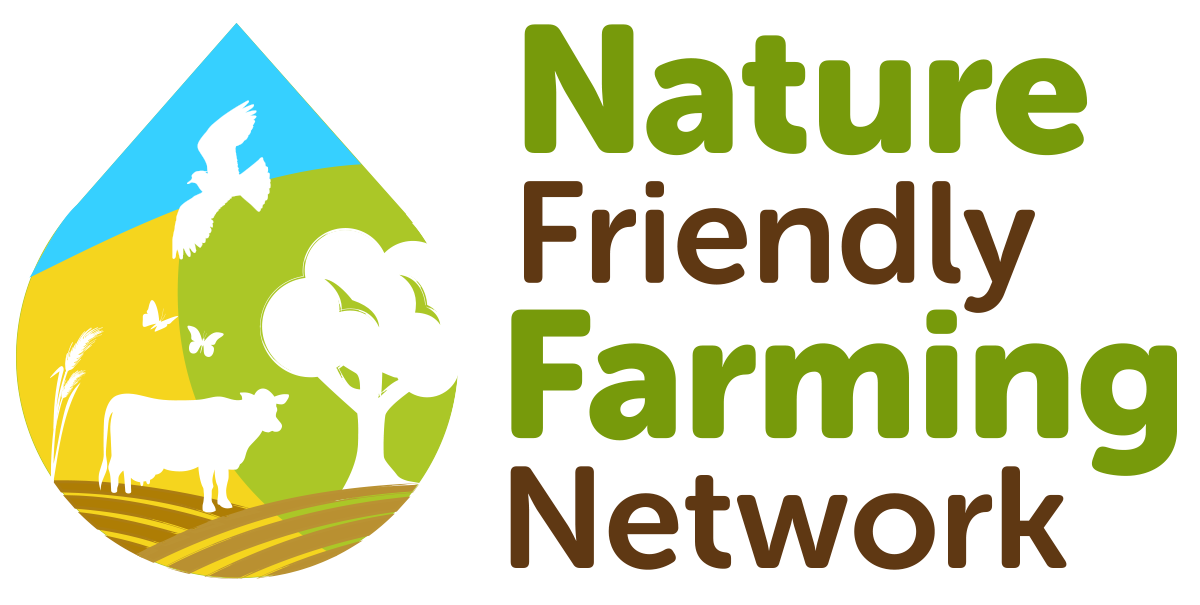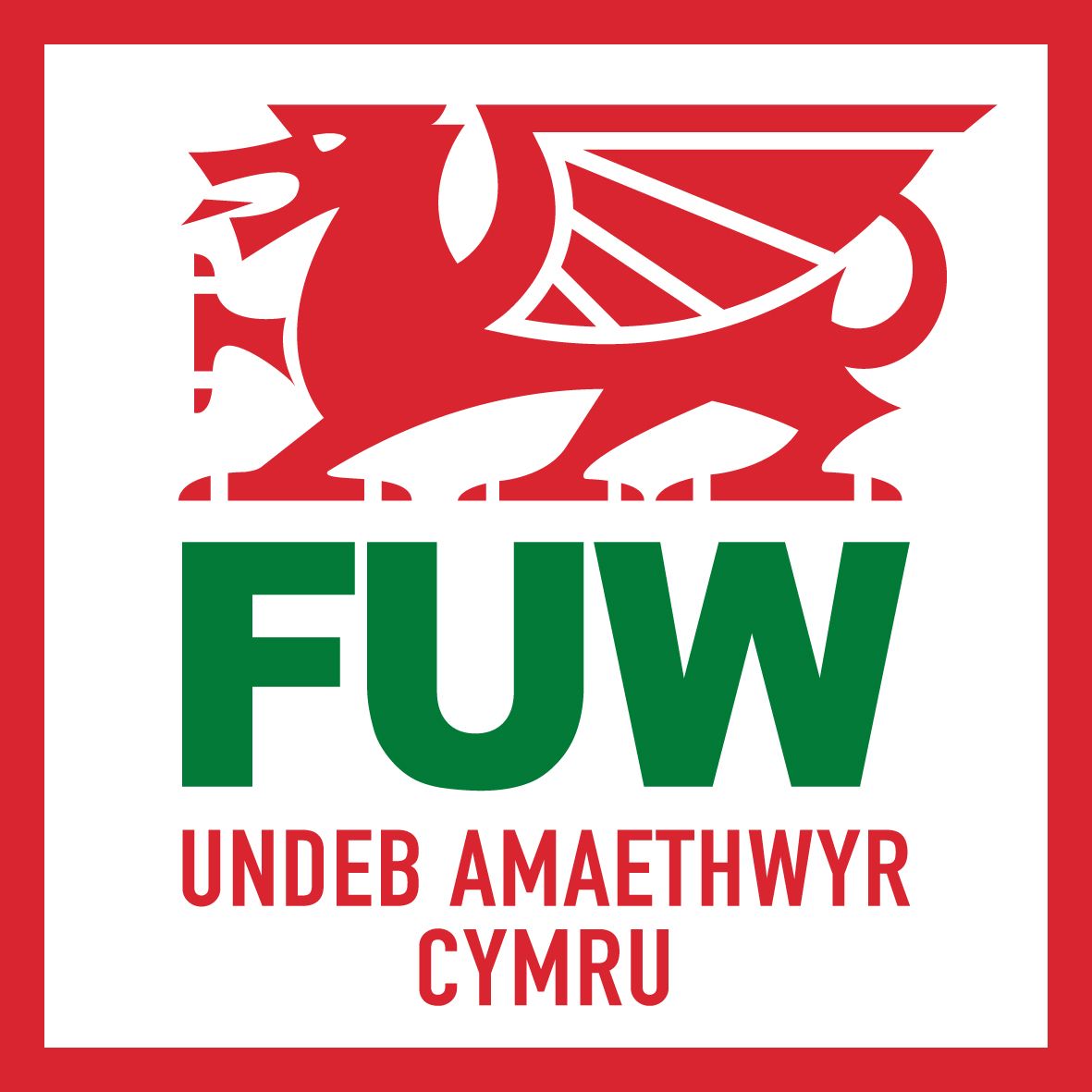About The Dyffryn
Clwyd Forum
The Dyffryn Clwyd Forum is a stakeholder-led initiative that grew from the Area Statement process and conversations during the development of the Northeast Area Statement and has since been supported by both NE and NW Area Statement teams.
The Forum works to bring individuals and organisations together who share common concerns about the area and a willingness to work together to get things done.
Our members

About the Clwyd River Catchment:
The Clwyd catchment is an area of 821.5 square kilometres, with a boundary that stretches for 230.9 kilometres, including a 31.1-kilometer coastal strip which includes important bathing waters. It encompasses parts of three unitary authorities: Conwy, Denbighshire, and Flintshire, with Conwy and Denbighshire sharing a public service body, while Flintshire has its own PSB.
This catchment can be divided into two sub-catchments: the Clwyd and the Elwy. The Clwyd River starts in the Clocaenog Forest, flowing gently and meandering for a total length of 56 kilometres. On the other hand, the Elwy River, originating in the Denbigh Moors, is more prone to rapid changes in water flow, especially during heavy rains and dry spells.
The primary land use in this area is agriculture, with fertile lowlands in the Vale of Clwyd used for intensive arable and dairy farming, while mixed sheep and beef farming prevail in the less fertile upland regions to the west. There are also afforested areas, the largest being the Clocaenog Forest. Some industrial activities, mainly quarrying, and a few fish farms can be found. Finally, at the confluence of the Elwy and Clwyd rivers, the catchment's characteristics change as it becomes tidal and enters a narrow estuary before meeting Liverpool Bay at Rhyl.
















